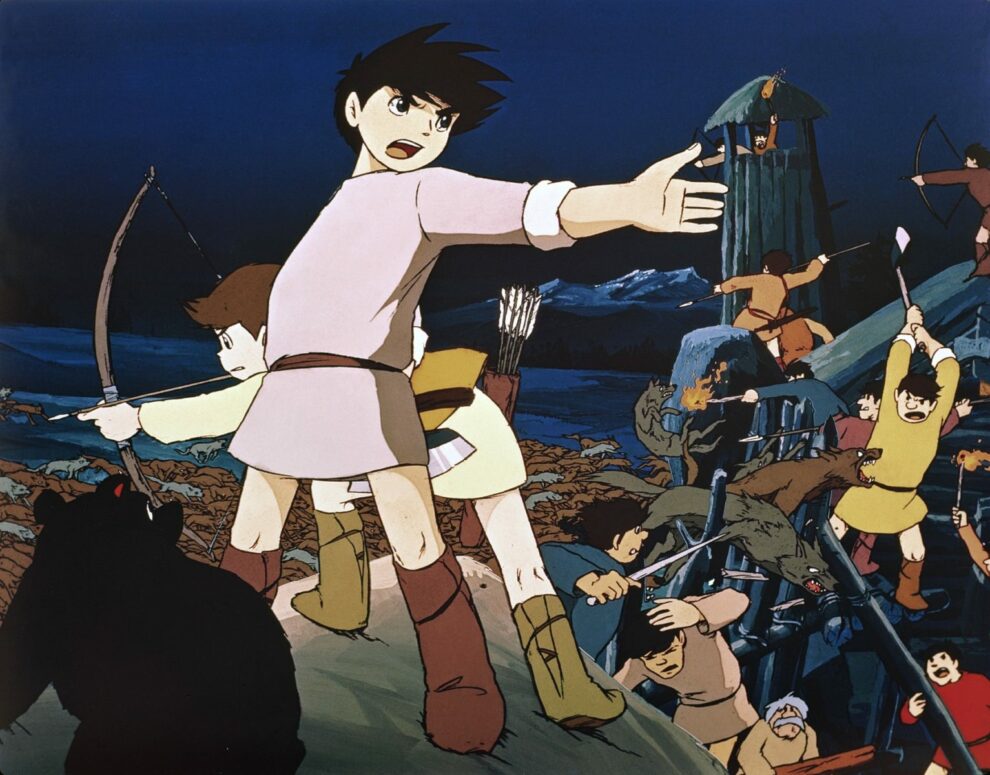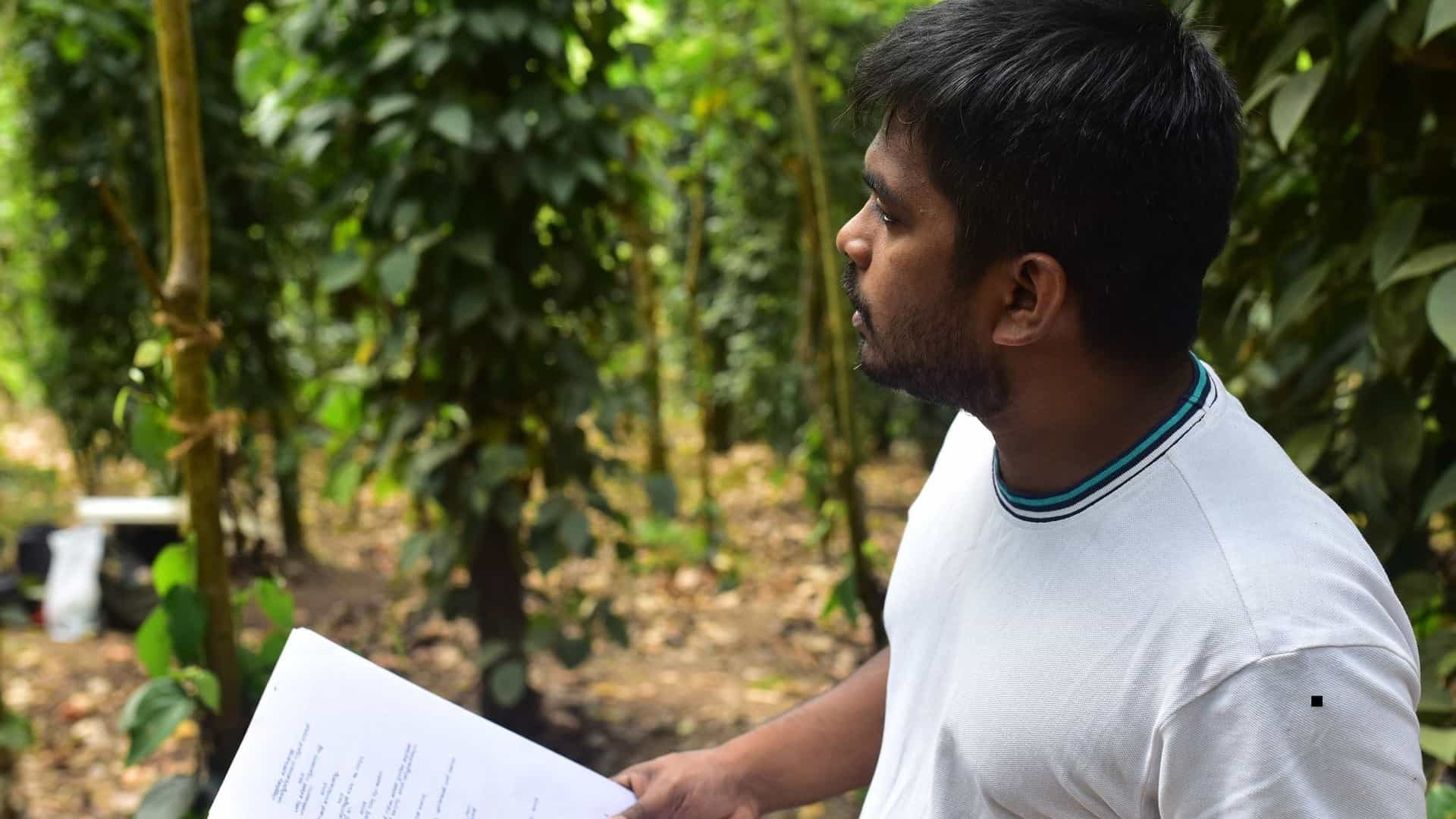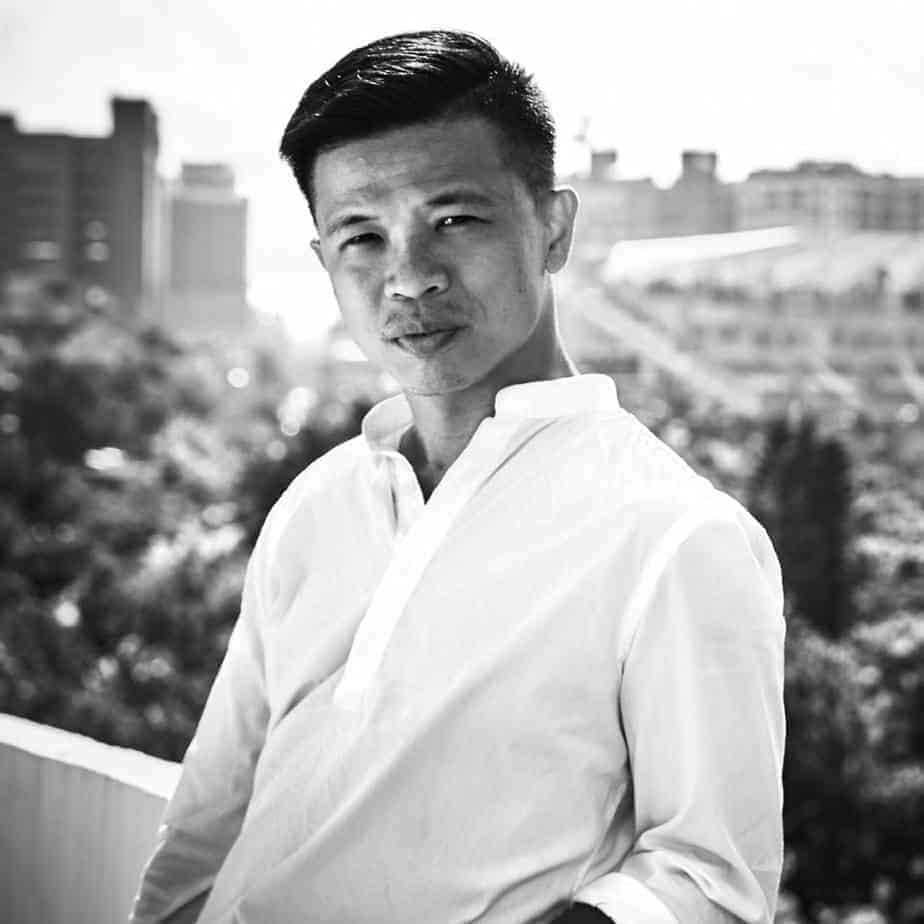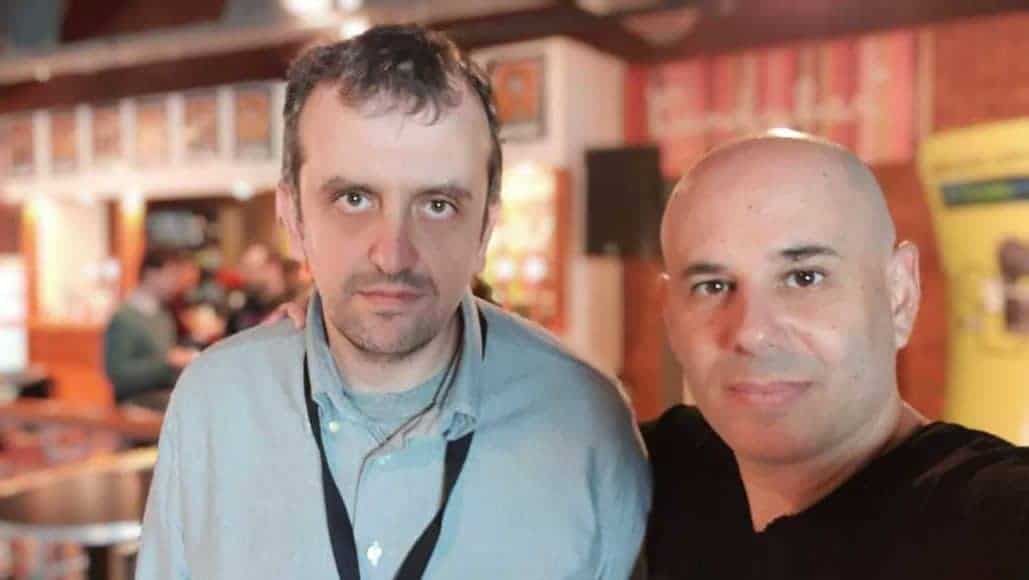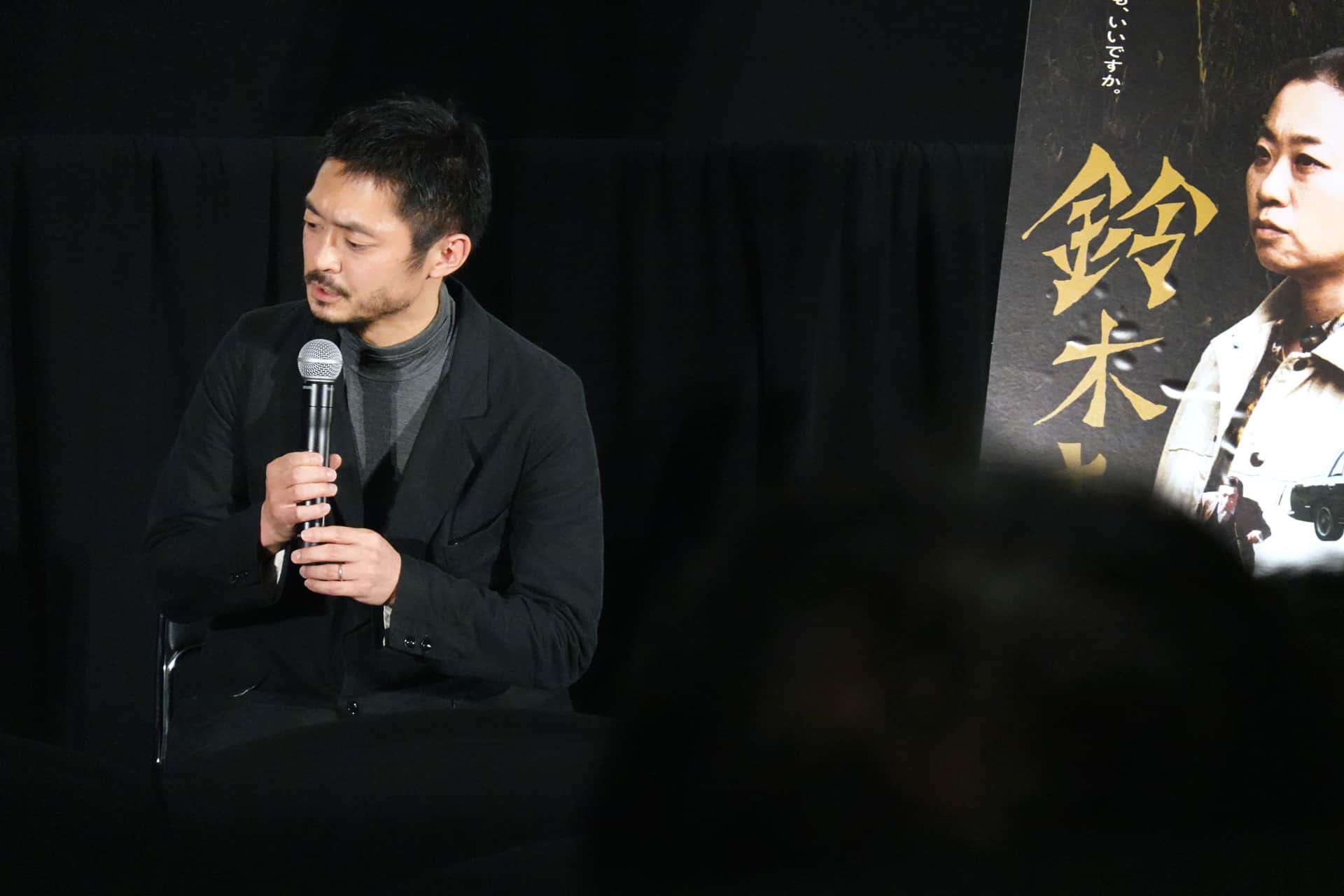When one thinks of Studio Ghibli, it's hard not to get wrapped up in its magical, cottagecore fuzziness. Less is usually said of Ghibli's more meditative arm, which produced more straight-laced human dramas like the war film “Grave of the Fireflies” and “Only Yesterday”. These evocative works were the contributions of Isao Takahata. The animation director's career, like his colleague Hayao Miyazaki, reveals a penchant for sentimental fantasy. But unlike the latter, Takahata's directorial touch often delved into conflict and human suffering, with gentle but unflinching intricacy. This week, we explore the first feature Takahata ever directed, that put him in collaboration with Hayao Miyazaki, eventually leading to their founding of Studio Ghibli 17 years later.
“The Great Adventure of Horus, Prince of the Sun”, made under TOEI in 1968, holds the curious combination of profound melodrama and magical fantasy that is unique to Ghibli's films today. Deriving from an ancient Ainu saga, young peasant Horus accidentally retrieves the Sword of the Sun from a stone giant, setting up his destiny to become Prince of the Sun. The boy lives with his father in the isolated mountains, displaced after their home was destroyed by a devil named Grunwald. As Horus' father passes from old age and illness, he beseeches his son to journey back and defend their homeland. Soon after Horus and his bear companion, Koro set off, they are intercepted by Grunwald. The devil propositions Horus to serve evil by his side, and Horus refuses in disgust, and joins a nearby fishing village. Slighted, and plotting to destroy Horus for good, Grunwald sends a double agent to trick him: A young girl named Hilda.
Horus' tale is never short of wondrous, mystique quests, yet what makes it unforgettable is the tensions conjured from characters. The serpentine friendship between Horus and Hilda is given further intrigue, by their bonding over a kindred history as lone survivors of Grunwald's murderous rampages. The witch hunt for Grunwald also allows a large bit of social psychology to come into play with the fishing village. Notwithstanding this movie being made for children, depictions of harmful herd mentality and groupthink occur believably. And without the usual trappings of infantilizing the ‘foolish' masses. Takahata paints an effervescent, complex society with complex side characters and individualized extras, by allowing them to react differently to big events. When Horus successfully executes a fish monster terrorizing the village waters, the villagers' gratefulness is rife, but so is grief, and anger for the chapter of trauma that has finally closed. In a memorable moment, an orphaned child attacks Horus in tears, saying “I should have been the one… to kill that monster.”
Backed with simple but innovative animation, Takahata and Miyazaki (who took part in animation and scene design) constantly find ingenious ways to shake up the experience. Panning and zooming shots are employed often, especially in battle montages, not just in surveys of beautiful frames, but to invoke the right energy and tone through movement. The same technique of expressing emotion would continue to surface in Takahata's later works, such as “Anne of Green Gables” and “The Tale of the Princess Kaguya”. A modest and early wellspring of iconic Ghibli titles, “The Great Adventure of Horus, Prince of the Sun” is a gem lost to sea. Regrettably, poor box office and subsequent lack of distrubution have made copies of the film difficult to come by. But with some hope of renewed interest in Studio Ghibli's predecessors, it might just wash back ashore.


